





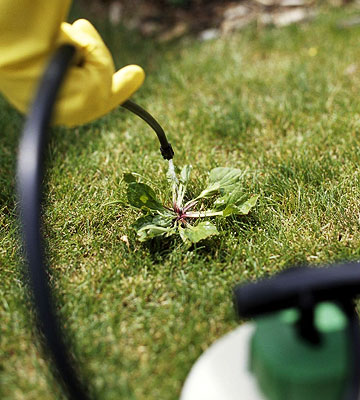
Broadleaf weeds are the bane of lawn lovers. Dandelions, clover, dollarweed, and others invade quickly and spread relentlessly.
The right time: Treat actively growing weeds; apply granular products on a dewy morning.
Why timing matters: Used properly, broadleaf weed killers are highly effective, but few pest controls fail as readily when conditions aren't optimal. For example, the granules of weed-and-feed products, which are applied with a spreader, must stick to the leaves of the weeds to be effective. That requires moisture. The perfect time to apply, therefore, is an early morning when there's a heavy dew on the lawn -- the heavier the better. If the grass isn't wet, you'll be wasting your time and money.
Whether you use a granular weed-and-feed or spray a liquid broadleaf weed killer, the weeds must be well watered and actively growing for the chemical to work. Thus, treating during a hot, dry spell in summer may yield disappointing results. Spring and fall, when temperatures are moderate and moisture plentiful, are ideal times.
In the market for a new lawn mower? Here's how to find the right one for you.
continue reading below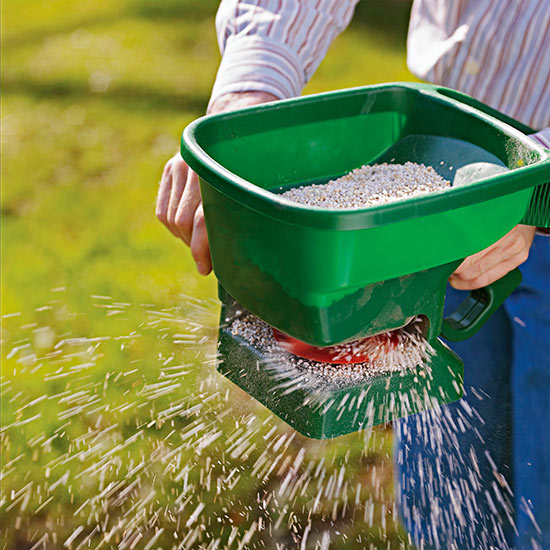
Pre-emergent herbicides, or weed preventers, control crabgrass and other weeds by stopping their seeds from germinating. An application early in the growing season works wonders; it's like vaccinating your lawn against weeds.
The right time: Apply preventer when forsythia blooms drop.
Why timing matters: Weed preventers are not effective against weeds that have already begun to grow, so you must apply them before germination to gain any benefit. Crabgrass, the primary target of lawn weed preventers, normally germinates just after forsythia blooms, so take your cue from Mother Nature. When you notice forsythia bushes dropping their blossoms (March to May, depending on your region), apply weed preventer, and water as soon as possible to activate it.
Need to reseed? For cool-season grasses, fall is the ideal time; plant warm-season grasses in late spring. But remember: Don't apply crabgrass preventer at the same time that you plant seed; it stops seedlings from growing.
Learn how to identify and treat weeds with our Weed Identification Guide.
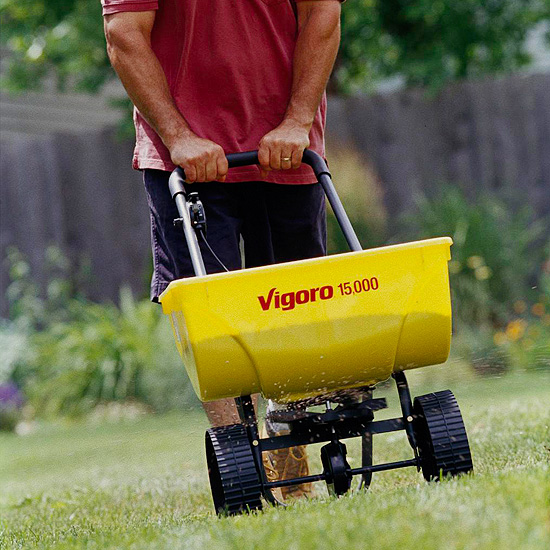
Fertilizer is food for your lawn. The more you feed it (up to a point), the more it grows. But when you feed it makes a difference, too.
The right time: North: Feed in fall and spring. South: Feed in spring and summer.
Why timing matters: Grass needs to be fed when it's actively growing. For cool-season grasses -- bluegrass, fescues, and ryegrass -- this primarily means spring and fall. For warm-season grasses such as zoysia, bermuda, and St. Augustine, late spring and summer are the prime growing times.
In addition, cool-season grasses benefit from feeding in late fall (October or November), when growth has slowed but the grass is still green. The result is earlier greening and better appearance the next spring. Experts agree that this may be the most beneficial time to feed a cool-season lawn.
Warm-season lawns should not be fed in fall unless they've been overseeded with winter ryegrass. Also, avoid fertilizing any dormant grass, either in winter or summer (drought can cause grass to go dormant in summer); the application will be wasted.
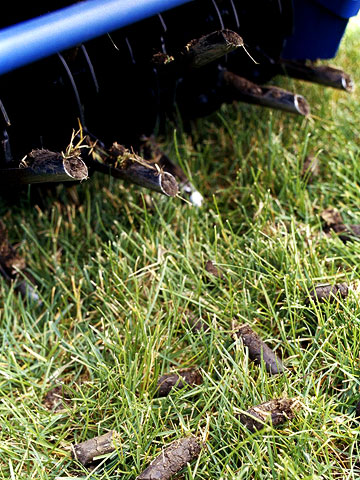
Aerating benefits all lawns by loosening soil and reducing thatch buildup.
The right time: Aerate when soil is moist and grass is actively growing.
Why timing matters: Lawns should be aerated when the grass is actively growing and soil is moist. A common mistake is aerating when soil is dry and hard, and aerators are unable to penetrate the soil deeply. Water before aerating, or wait for a good rain. Ideal conditions for aerating occur more often in spring and fall (for cool-season grasses), but summer also is acceptable for well-watered lawns.
Grubs often go unnoticed until fall, when the damage becomes all too obvious. Unfortunately, grubs are difficult to control by that point. Wait until early summer of the following year, and apply one of the new-generation grub killers that provide season-long control.
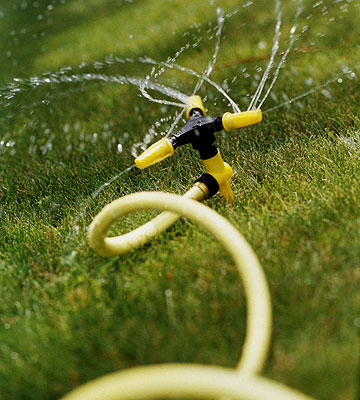
No matter where you live or what type of grass you have, your lawn is likely to require at least occasional irrigation to keep it green during extended summer dry spells.
The right time: Water early in the morning.
Why timing matters: Early morning is the best time to give your lawn a drink. The warming sun will soon dry the grass and lessen the chance of disease. Avoid nighttime watering, which can encourage disease because of prolonged moisture, and afternoon watering, which is subject to significant water loss from evaporation.
When it's necessary to water, do so once or twice a week, long enough to wet the soil several inches down. This encourages deep roots compared with frequent, but shallow, irrigation, and it will make your lawn more drought-tolerant.
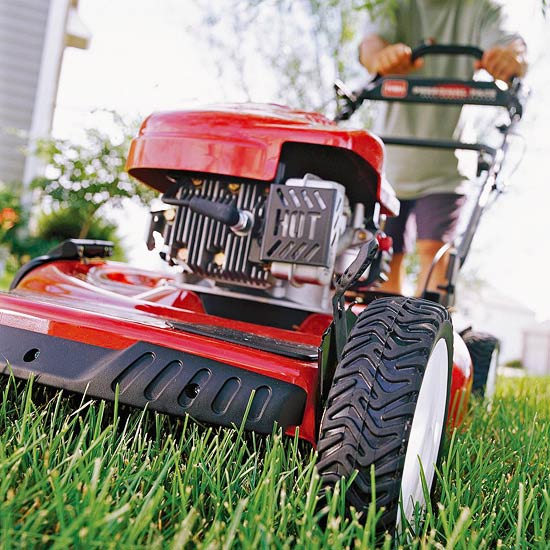
Mowing may seem like a no-brainer, but how -- and how often -- you do it has a significant effect on the health and appearance of your lawn.
The right time: Mow as needed -- use the one-third rule.
Why timing matters: Many homeowners ritually mow on weekends, effectively putting their lawns on a seven-day mowing schedule. Most of the year, weekly mowing may be fine. But in spring, when growth is vigorous, mowing may be necessary every four or five days.
Longer intervals allow the grass to become too tall between cutting, stressing the lawn and making it less attractive. Instead of mowing by the calendar, schedule according to the one-third rule: Mow often enough to avoid cutting more than one-third of the grass height at one time. For example, if you set your mower at 2 inches, don't let the grass get taller than 3 inches before mowing. Your lawn will return the favor with a lush, healthy appearance.
Copyright © www.100flowers.win Botanic Garden All Rights Reserved